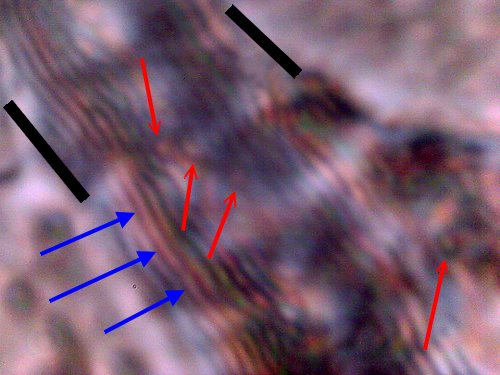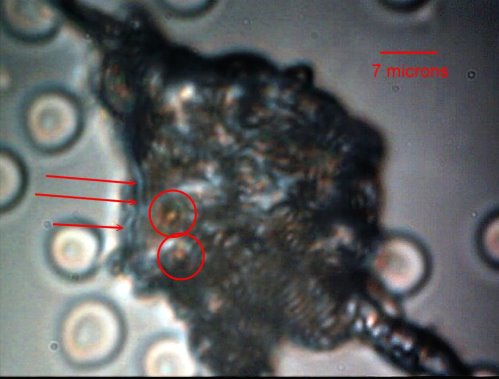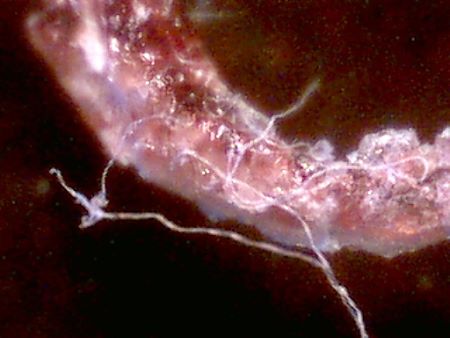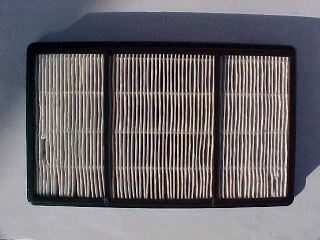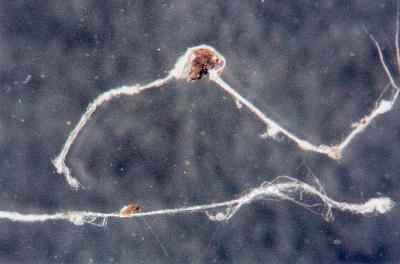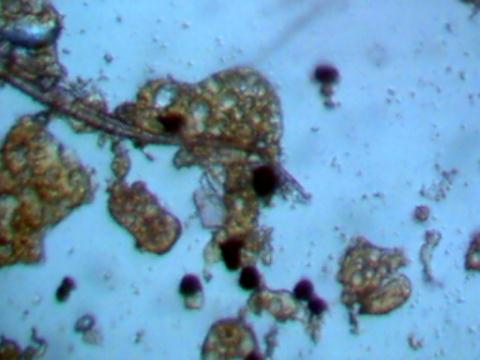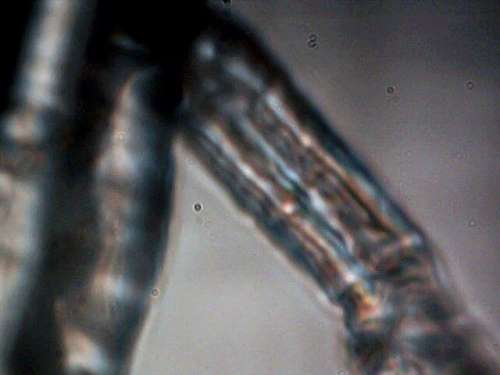
After lengthy discussions with a citizen with Morgellons, Carnicom received carefully packaged fiber samples from this person for study. The subject has provided numerous samples to a medical doctor in the past but no specific response, descriptions, photos or analysis have apparently been provided in return. One of the goals of this paper is to provide the reader with a sense of scale of these fibers, and to show a progression from the original materials as they exist from the body to the highest magnification possible with Carnicom’s equipment. Initial photographs of the filaments show little detail, but are shown also with control photographs of hair and blood cells to give a sense of scale and measurement. Further higher power microscope images show that the fibers have a much more complicated internal structure than was discernible at low magnification. These additional images appear to show innumerable sub-fibers inside the major filament. Of particular concern is that in one of the photographs of greater translucency, internal, much smaller structures of elliptical form exist. This begins to strongly suggest a biological nature to the fibers. The last major discovery by observation at this point is what appears to a "budding" structure of some sort. These structures contain two further components within. The first of these are spherical or elliptical structures at the micron level within an encasing, translucent shell. In addition, innumerable fibers at the sub-micron level emerge from the budding structure.
